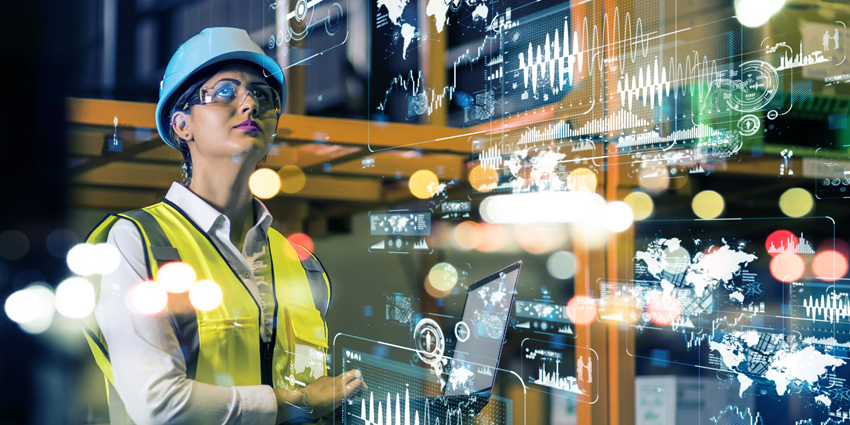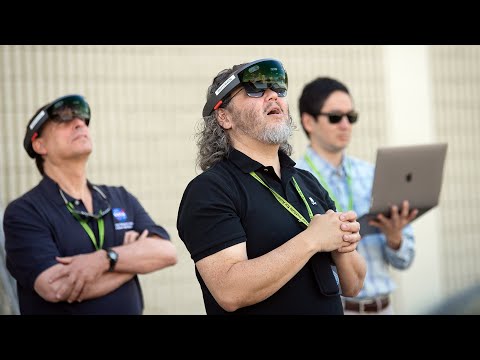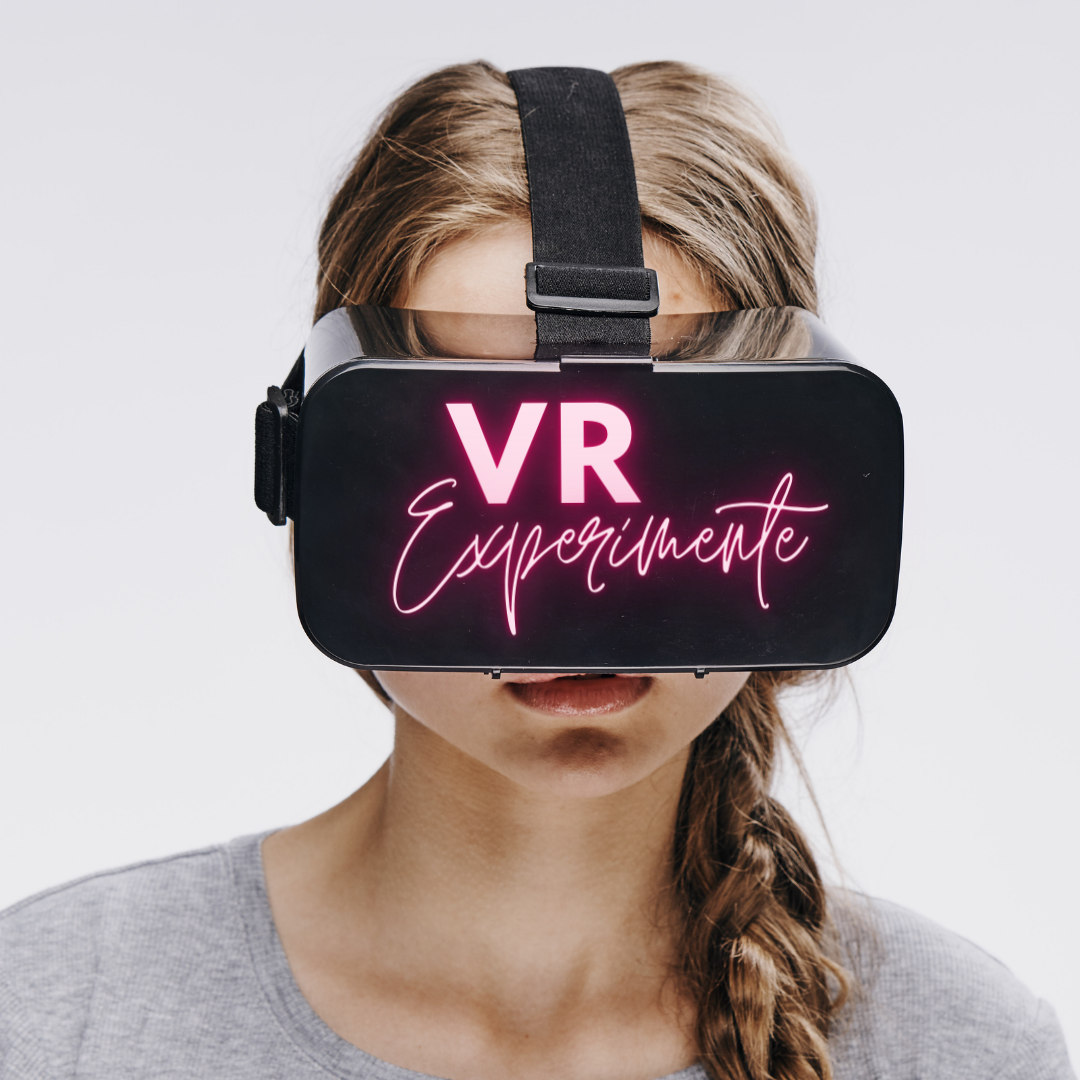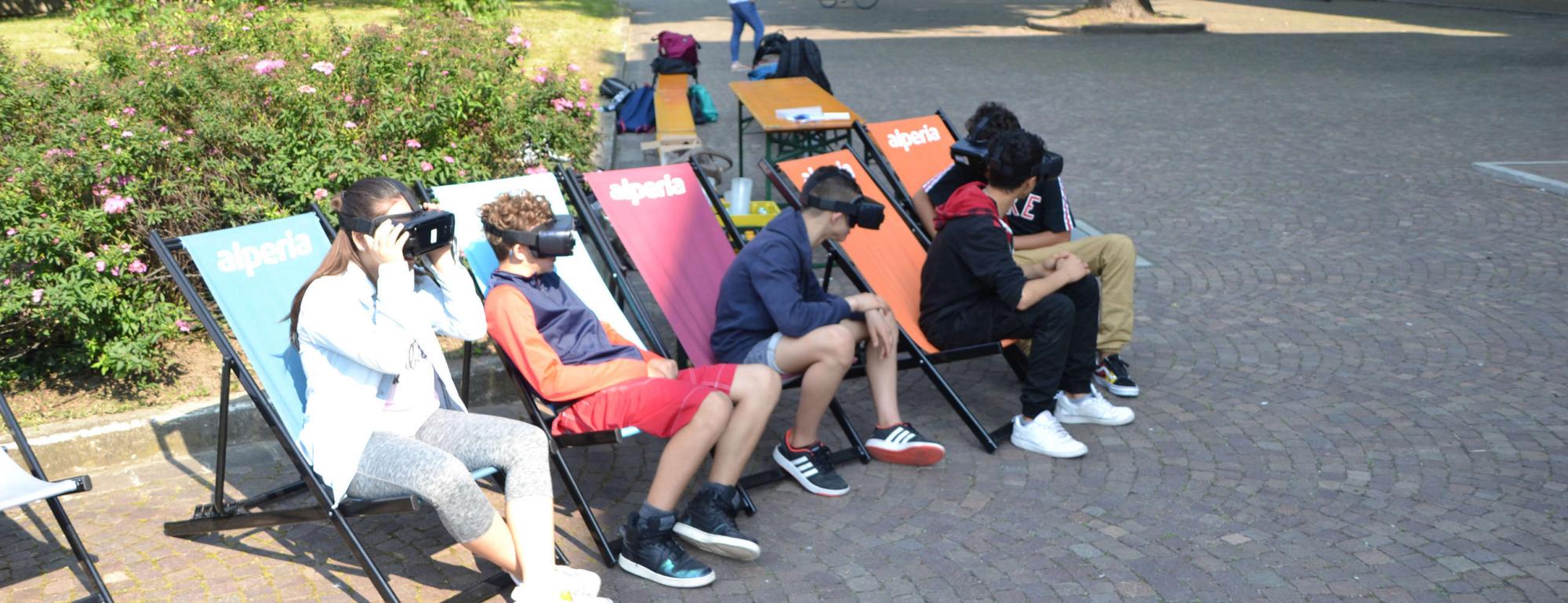Opportunities for XR in the Manufacturing Landscape
Companies in the manufacturing and industrial space are constantly looking for ways to make their processes more efficient, their teams more productive, and their workflows more cost-effective. As we progress through an era of digital transformation, many companies are beginning to discover that technology could be the answer to a host of common problems.
Though once considered a solution primarily for the entertainment industry, extended reality is quickly beginning to demonstrate its value in many spaces, including the manufacturing sector. Companies like Varjo and Magic Leap are already beginning to work with manufacturing brands on solutions specially designed to empower professionals working with complex tools and technology.
With XR, manufacturing companies can build more efficient processes for their teams, while minimising risks on the industrial floor. The same technologies can accelerate time-to-market, improve product development, and open the door for new levels of collaboration.
Here are just some of the use cases for XR in manufacturing and industrial brands.
Rapid Product Development
Perhaps the most significant opportunity for manufacturing companies looking into XR solutions right now, is the potential to accelerate the prototyping and product development roadmap. According to PWC research, VR and AR in product development could be enough to generate a $360 billion GDP boost by 2030, and many industrial brands are already taking notice of the new opportunities.
Virtual reality in the manufacturing sector allows companies to create comprehensive environments where teams can come together to share product ideas and interact with digital twins of machinery. Automotive companies are already using VR solutions to help with the development of plans for various new high-quality vehicles.
Not only can these virtual environments make it easier for teams to experiment with new materials and designs rapidly, without having to create endless new prototypes from scratch, but they can also accelerate the process of presenting these designs to customers and investors. This reduces the amount of time wasted moving from one stage of the production process to the next.
Powerful Training and Guidance
Many manufacturing companies support a host of employees working with various complex pieces of machinery on a daily basis. Knowing how to interact with these tools safely and efficiently is crucial, and companies often need to invest in extensive training to support their staff.
Unfortunately, training employees in a manufacturing or industrial space can often be a time-consuming and expensive process. Walking an individual through how to use a new piece of machinery in-person would often require downtime for the company, which can be very costly. However, with XR, there are plenty of opportunities to train team members without the disruptions.
Companies can deliver immersive training experiences which help to keep their team members safe on the manufacturing floor. It’s even possible for new team members to wear MR or AR glasses during their initial introduction into a business, so they can immediately check instructions by pulling them up into their field of view with a voice command, reducing the risk of mistakes.
Process Improvements and Efficiency
XR can give manufacturing and industrial employees working in complex environments access to more of the guidance and information they need in any given moment. This means team members can get more done in a short space of time, enhancing overall efficiency.
For instance, companies like Atheer use AR headsets to provide team members with guidance when they’re on the construction floor and ensure they can reach out to specialist team members for extra support. This means employees can get feedback instantly, without having to wait for a supervisor to be available in-person.
At the same time, engineers and technicians can access information and instruction manuals in real-time through an AR or MR interface, or even have the schematics they need to understand a machine displayed over the top of a device. Extended reality solutions allow for far more streamlined processes in the workplace and ensure team members have more of the hands-free access to information they need to work productively, and safely.
Faster Maintenance and Repairs
A single issue in the manufacturing landscape can throw a full production floor into chaos. When issues happen, it’s important to access specialist support as quickly as possible to get a business back on track. Fortunately, extended reality can help with this. Mixed reality and augmented reality tools in the industrial space make it possible for team members to stream high-quality visuals of a machine back to a specialist in a remote location, to get immediate feedback and insights.
Those specialists can even leverage applications linked to a set of smart glasses to highlight the parts of an equipment an engineer needs to work on or provide that team member with crucial schematics. Immediate access to expert support can accelerate repairs, and even reduce the need for engineers and technicians to visit a site in-person.
As technology in the manufacturing and industrial space continues to evolve, we could even see a future one day where teams can use IoT devices, applications, and 5G to interact with machines in extended reality, and make alterations from a distance.
Better Collaboration
Finally, one of the biggest benefits of XR in any business landscape today, is the potential it has for bringing teams together. Engineers and specialists in the manufacturing landscape may need to work collaboratively with a range of other team members to bring a product to market or complete the production cycle. Unfortunately, face-to-face interactions with large groups of people aren’t always possible, particularly in a post-pandemic world.
In recent years, manufacturing companies have begun leveraging tools like digital twins to address this problem, allowing technicians in XR environments to interact with visualizations in collaboratively, to repair products, or create new items.
With extended reality, teams can work more consistently together in a safe and aligned digital environment, speeding time to market, and reducing the risk of mistakes.
Quelle:




